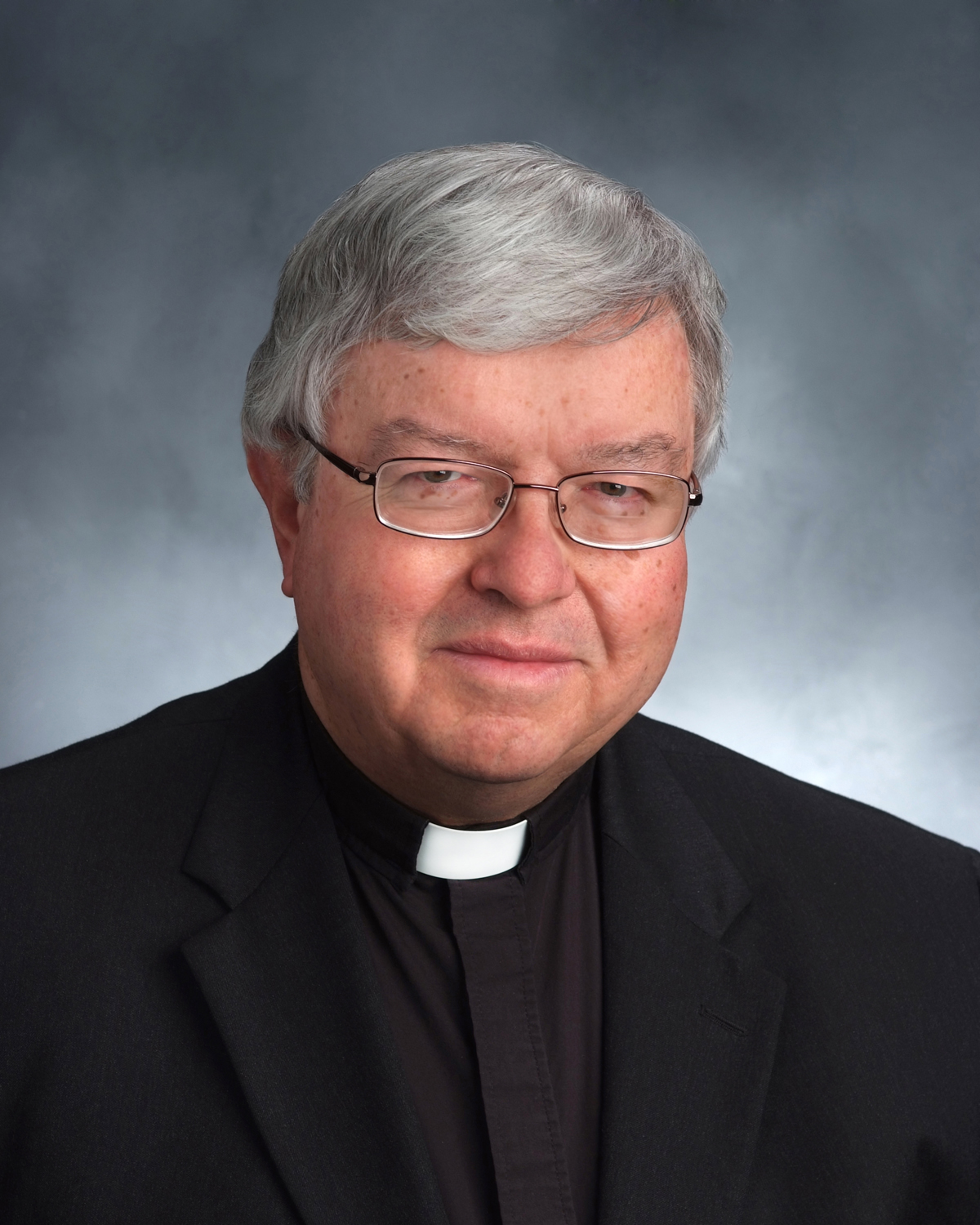Q. I am a Roman Catholic. I have started reading the Bible and would like to know if the King James Version is accepted by the Church.
A. First, about the Bible. The King James translation was completed in 1611 and is written in a lofty literary style. Like Catholic versions, its New Testament section includes 27 books. But in the King James version (as well as in other Protestant editions), the Old Testament has only 39 books while Catholic versions have 46 books.
The seven additional books in Catholic editions are: Tobit, Judith, First and Second Maccabees, Wisdom, Sirach and Baruch. (In addition, Catholic Bibles also include some sections of Esther and Daniel that are not found in Protestant Bibles.) These additional books are considered by the Catholic Church as inspired by the Holy Spirit.
Having said that, the Catholic Church does not forbid anyone from reading any version of the Bible. I am happy that you have begun to read the King James Bible and believe that you will find inspiration in doing so.
At some point, though, you might want to obtain a version called the New American Bible. Last revised in 2011, this is the version used for the scriptural readings at Catholic Masses.
Q. At the precise time that Jesus died, the sanctuary curtain was torn in half, darkness and earthquakes occurred and many were converted to Christianity because they felt this was proof that Jesus was the Son of God. So why didn’t the Jewish faith gradually disappear?
A. The Gospel of Mark, the first to be written (around A.D. 70), notes the phenomena you mention (15:33-38): “At noon, darkness came over the whole land until three in the afternoon. ... The veil of the sanctuary was torn in two from top to bottom.”
Similar references occur in the other synoptic writers, Matthew and Luke. Some contemporary scriptural commentators view such passages as an imaginative portrayal by the Gospel writers, intended to highlight the vital importance of Christ’s death.
But even if one accepts these descriptions literally, it shouldn’t surprise us that everyone did not immediately accept the truth of Christianity. The events detailed could have been viewed as natural phenomena without any particular theological significance.
Questions may be sent to Father Kenneth Doyle at askfatherdoyle@gmail.com and 30 Columbia Circle Dr., Albany, New York 12203.











